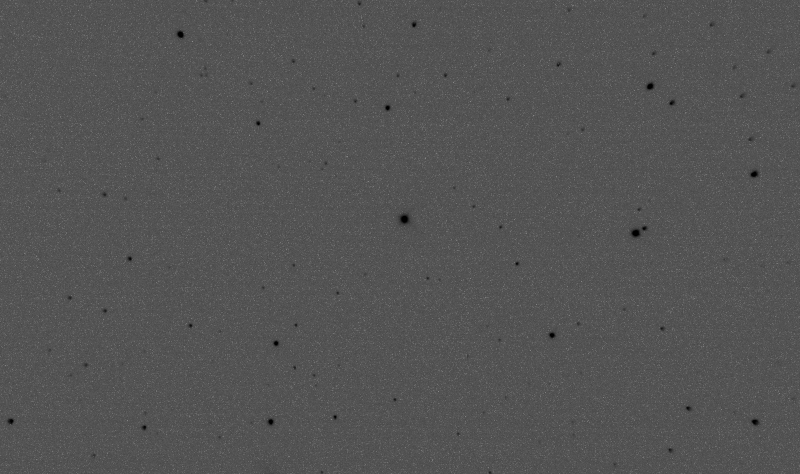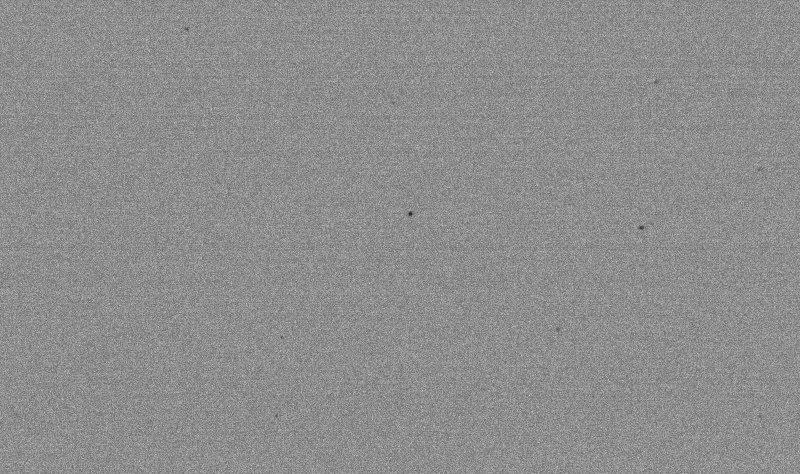Two Infinities
Sun, 24 Oct 2021
Journey to 11th Magnitude
Most of the stars we see in the night sky are large and intrinsically bright while statistically speaking most stars are smaller and less luminous. (See Wikipedia "Stellar classification".) That means stars can be relatively nearby and quite invisible to the naked eye. For example, in the center of these images is a binary star which is "only" 51 light years away and yet a dim 11.42 magnitude in the visual spectrum.
Because the binary system is relatively close, the components are close enough together to complete an orbit in human scale time, 130 years here, and far enough apart to be split visually, components are 1.25 arcseconds apart here. This allows for its orbital elements to be computed with some confidence. (See Stelle Doppie data for WOR11.)
I learned about this double star from data accompanying a paper that analyzed the visual double stars in the Gaia 3rd data release, "A Million Binaries" by El-Badry et al and sent to me by B MacEvoy. I used the 25" Slipstream dob recommended by Bob Pody. The scope is controlled by a Sidereal Technology system which both Dan Gray and Taj Wurl-Koth generously helped adapt to a Linux OS. That enabled the use the Kstars/Ekos/INDI software suite to coordinate the mount, the focuser, the plate solver, and the camera. It is a wonderful open source software project, but I would never have got it going without critical help from Mark Cornell. And finally, if equiment fails, there is no steadier pair of hands around than Eric Toop's or more helpful than John Lebrecque's.
It is no great shakes, of course, to image an 11th magnitude star. The top image is a 1 second exposure at 2083 mm focal length with a ZWO ASI183MM set to 200 gain. The challenge for me was first even to find it and second to image with short exposures, short enough to "freeze" the atmospheric distortion, about 1/50th second, and still have enough signal for, say, speckle analysis. The bottom image is the same field as the first but exposed for 1/50th second.


posted at: 17:56 | path: | permanent link to this entry
